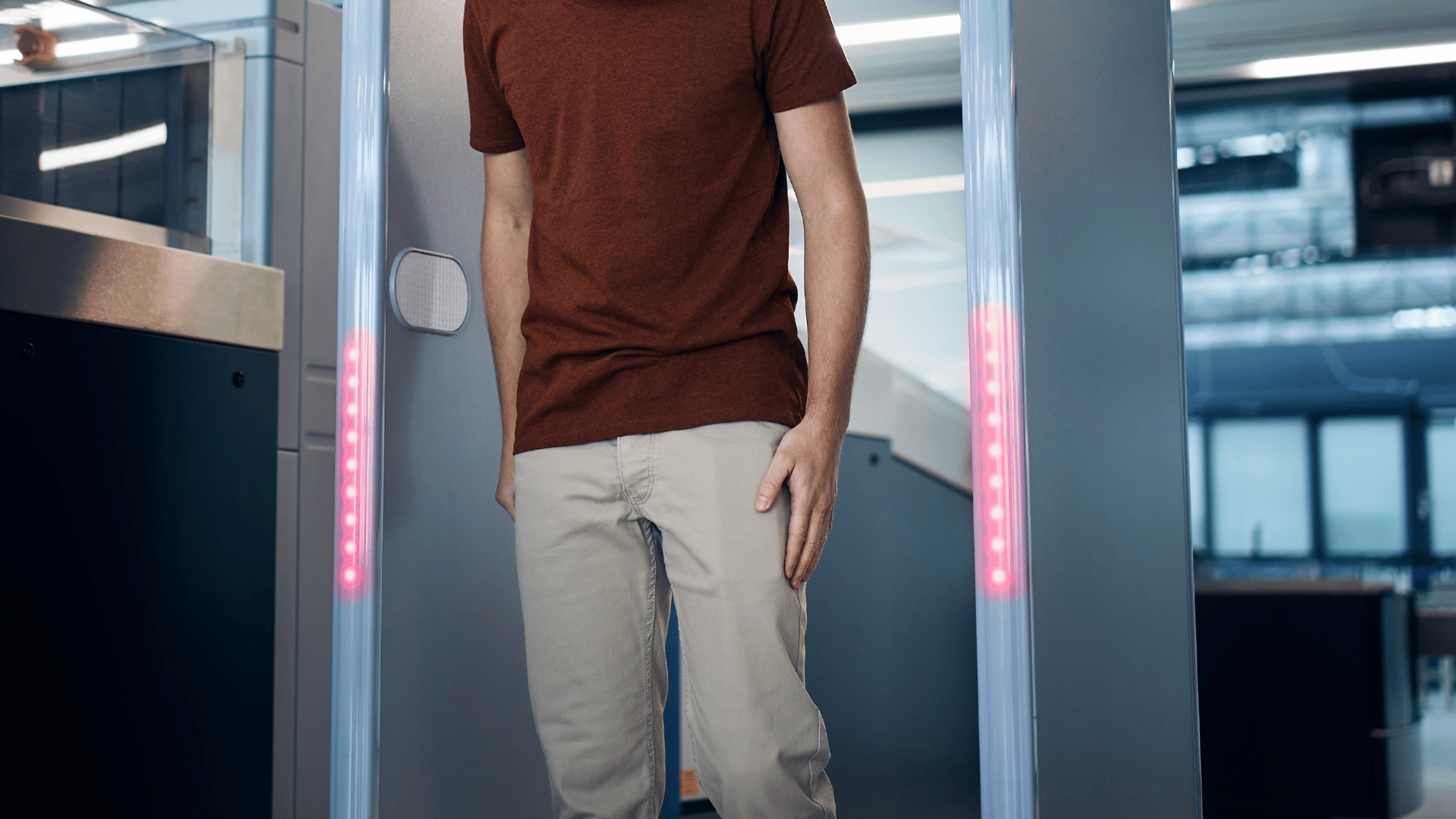Walk-through metal detectors are a key part of modern security systems, especially in places like schools, courthouses, airports, and event venues. These devices quickly screen people for hidden weapons or metallic threats without physical contact. One of the most important features to consider when choosing a walk-through metal detector is how many metal detection zones it has. These zones help identify where on a person’s body metal is located, making screening more efficient and reducing false alarms. Choosing a detector with the right number of zones can significantly improve screening accuracy, speed, and overall safety.
What Are Walk-Through Metal Detectors?
A walk-through metal detector is a security screening device that resembles a doorway or gate. As people pass through, the detector uses electromagnetic fields to scan their body for metallic objects like knives, firearms, tools, or even small components such as wires or razor blades. When metal is detected, the unit sounds an alarm and may also activate LED indicators, alerting security staff to take a closer look.
These detectors are commonly used at:
- Schools and universities
- Airports and transportation hubs
- Courthouses and government buildings
- Public events and stadiums
- Correctional facilities
- Corporate buildings
- Distribution warehouses
- Hospitals and other secure facilities
What Are Metal Detection Zones?
Metal detection zones refer to the different scanning regions within a walk-through metal detector. A basic metal detector can only detect that metal is present, whereas zone-based detectors can tell you exactly where it is on the person’s body.
Each zone acts as an independent scanning section. The more metal detection zones a detector has, the more precisely it can identify whether a metal object is on the left ankle, right hip, chest, or any other specific location.
Benefits of Metal Detection Zones
- Faster screenings: Security officers know where to search immediately
- Better traffic flow: Keeps lines moving even in busy environments
- Less invasive: Minimizes the need for full-body pat-downs
- Improved accuracy: Reduces false alarms caused by harmless items
Types of Walk-Through Detectors by Metal Detection Zones
Understanding the types of metal detection zones helps you choose the right walk-through metal detector for your facility. Here are the most common zone configurations:
Single-Zone Metal Detectors
These basic models can only detect the presence of metal, not its location. The entire body is treated as one large zone. When metal is found, the detector will trigger an alarm, but you won’t know whether it’s near the head, waist, or feet. To locate the source, security personnel must conduct a manual search. This type of metal detector is best for low-traffic areas with basic security needs, such as small offices or private buildings.
Multi-Zone Metal Detectors (6 to 18 Zones)
These detectors split the body into multiple vertical and horizontal zones, offering better localization so officers know approximately where to focus their search.
- 6-Zone Metal Detectors: Indicates the general location of a metal object based on height. The body is separated into broad vertical areas, typically head, chest, waist, upper leg, lower leg, and ankle.
- 18-Zone Metal Detectors: Provide more precise localization by combining the same vertical zones as 6-zone detectors with left, center, and right horizontal divisions.
Multi-zone metal detectors are best for places with moderate security needs, like schools, office buildings, and public venues.
Full-Body Metal Detectors (33+ Zones)
These high-end models feature 33 or more metal detection zones, giving extremely accurate, pinpoint-level information. They can detect both large and small metal objects in very specific areas on the left, center, or right side of the body. These metal detectors are best for high-security environments like airports, courthouses, or government buildings.
How to Choose the Right Walk-Through Metal Detector
At 2M Technology, we provide a full range of walk-through metal detectors designed to meet different threat levels, environments, and budgets. When choosing a model, consider the following:
- Foot traffic volume
- Type of threats you want to detect
- Environmental conditions (indoor/outdoor use)
- Budget and security staffing
- False alarm tolerance
We offer walk-through metal detectors with adjustable sensitivity levels, integrated counters, LED indicators, and easy-to-use control panels.
Why Choose 2M Technology?
At 2M Technology, we specialize in high-performance security solutions. Our walk-through metal detectors are designed for accuracy, reliability, and fast deployment. When you work with us, you get:
- Personalized recommendations based on your facility’s needs
- Options ranging from basic to advanced multi-zone models
- Competitive pricing and fast turnaround
- Ongoing technical support and training
Request a Free Quote Today
Walk-through metal detectors play a crucial role in protecting public spaces. By choosing a detector with the right number of metal detection zones, you can improve security without slowing things down. Let us help you choose the right walk-through metal detector with the ideal number of metal detection zones. Whether you need a simple system for a school or a high-precision detector for an airport, 2M Technology has you covered.
Contact our team at sales@2mtechnology.net or call us at +1 (214) 988-4302. We’ll help you find the best walk-through metal detector based on your location, threat level, and budget.

